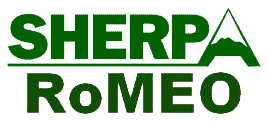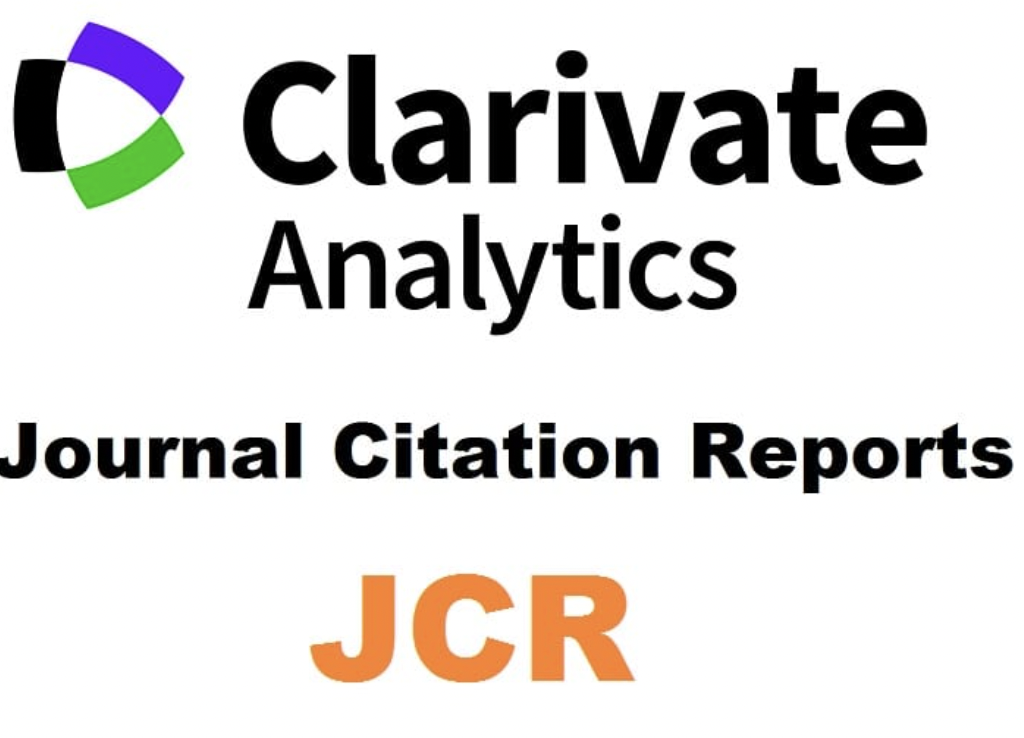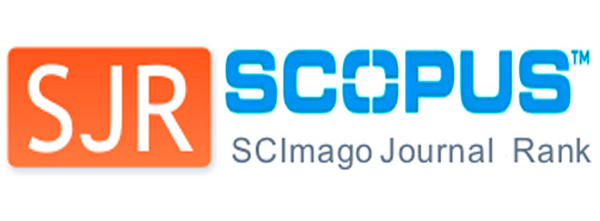Written Corrective Feedback: The Practitioners’ Perspective
Abstract
Considerable attention has been given to written corrective feedback (WCF) in second language writing (L2) over the past several decades. One of the central questions has focused on the appropriateness of its use in L2 writing. In these academic discussions, scholars frequently describe how WCF is utilized in the classroom. However, many of these claims of teacher practice have no research base, since few studies have actually asked teachers what place WCF has in their writing classroom (Ferris, et al., in press/2011a; Ferris, et al., in press/2011b; Hyland, 2003; Lee, 2004). This paucity of data from teachers about their WCF practices is problematic. Understanding teacher perspectives on corrective feedback is integral to our understanding the place of WCF in L2 writing pedagogy. Accordingly, this article reports on a study that asks two fundamental research questions: (a) To what extent do current L2 writing teachers provide WCF? and (b) What determines whether or not practitioners choose to provide WCF? These questions were answered by means of an international survey completed by 1,053 L2 writing practitioners in 69 different countries. Results suggest that WCF is commonly practiced in L2 pedagogy by experienced and well-educated L2 practitioners for sound pedagogical reasons.Downloads
The works published in this journal are subject to the following terms:
1. The Publications Services at the University of Murcia (the publisher) retains the property rights (copyright) of published works, and encourages and enables the reuse of the same under the license specified in item 2.
2. The works are published in the electronic edition of the magazine under a Creative Commons Attribution Non-commercial Share Alike 4.0.
3.Conditions of self-archiving. Authors are encouraged to disseminate pre-print (draft papers prior to being assessed) and/or post-print versions (those reviewed and accepted for publication) of their papers before publication, because it encourages distribution earlier and thus leads to a possible increase in citations and circulation among the academic community.
RoMEO color: green








